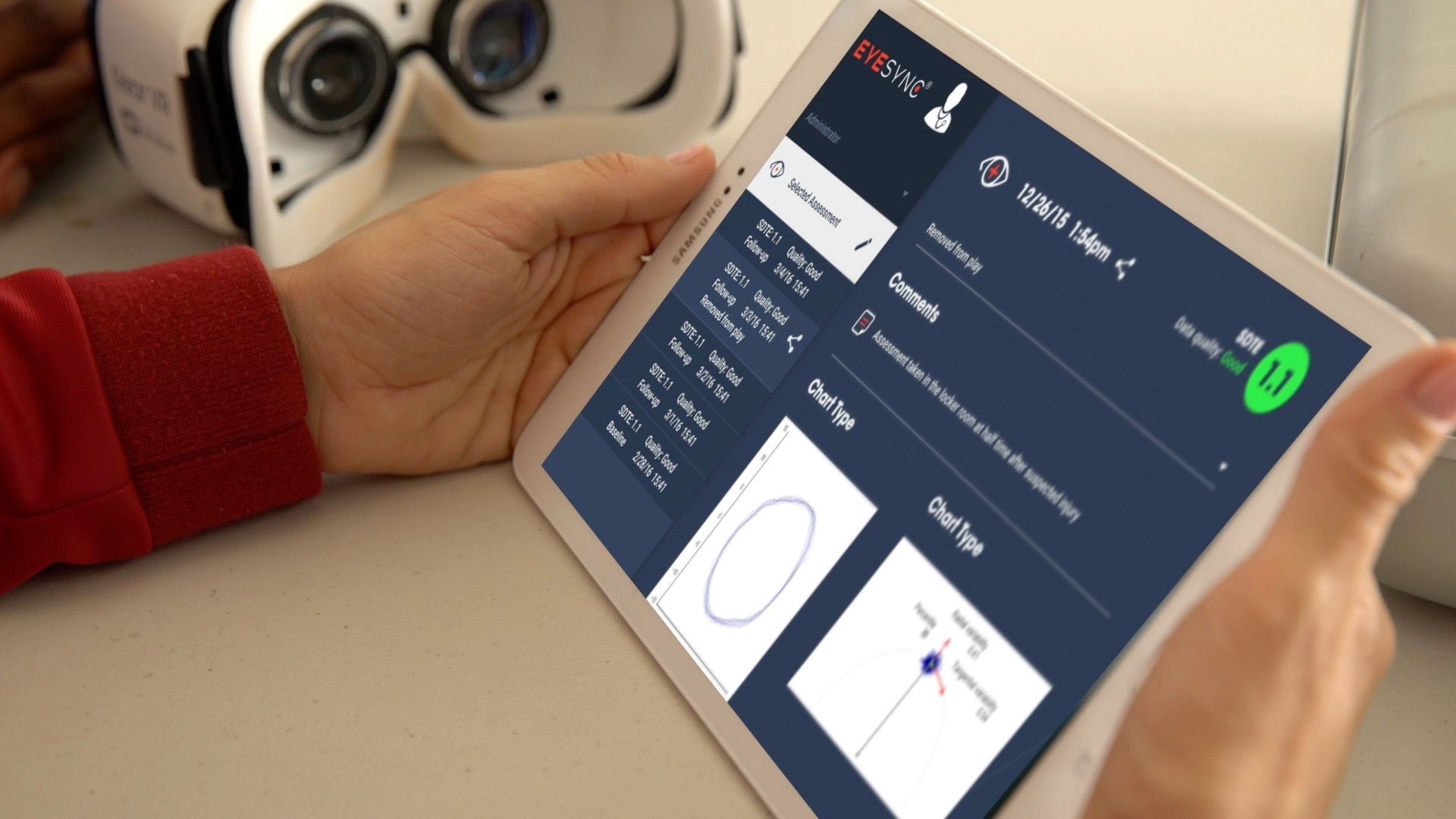Eye syncing technology is adopted by NCAA college to detect concussions
Georgia Tech is one of the latest colleges to adopt new eye tracking technology in its athletic program — a tool used to determine whether players have concussion symptoms. The device, Eye-Sync, takes a baseline reading and then one after a game — done in about 60 seconds — to tell if students are at risk.
The college joins schools including Stanford, the University of Arizona, the University of California at Los Angeles and others who appear focused on monitoring students who play in high-impacts sports.
Devices that can detect whether an athlete has had a concussion are growing in use among college and high school sports programs. A mouthguard from Prevent Biometrics was highlighted at CES 2018, that is meant to read whether a football player had taken a concussion-causing hit at impact.
The National Football League (NFL) has already paid out more than $457 million to professional football players as part of its $1 billion settlement regarding players concussions. The organization has also invested $100 million into concussion research.
SyncThink's Eye-Sync device looks like a virtual reality headset, and is worn by players.
Georgia Tech will put the device to work across all of its sports programs — 19 in total — to track movements of players as they watch an object move in a circular motion, and monitor the position of the eye.
Georgia Tech's sports medicine department will be using them during games on the field, and on campus as well.
